Different Sword Fighting Styles Around the World

What’s in this article?
For centuries, the
Let’s explore the different types of
Types of Sword Fighting
There are many different types of martial arts that teach how one can fight with a
Historical European Martial Arts or HEMA
The HEMA recreates the fighting styles of swordsmen based on treatises from the Late Middle Ages, Renaissance, and the early modern period. The martial artists use weapons like
Sword and Buckler Fighting
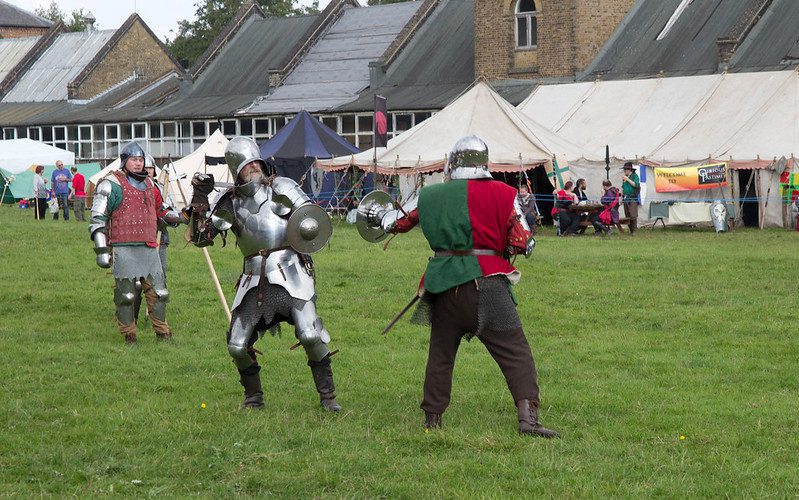
During the early Middle Ages, foot soldiers used single-handed swords with a small buckler shield buckled to their arms and shoulders. The

So-called because the men-at-arms wore them, the arming swords had a straight, double-edged blade and a sharp point, making them a cut-and-thrust weapon. The foot soldiers used the arming
Longsword Fighting
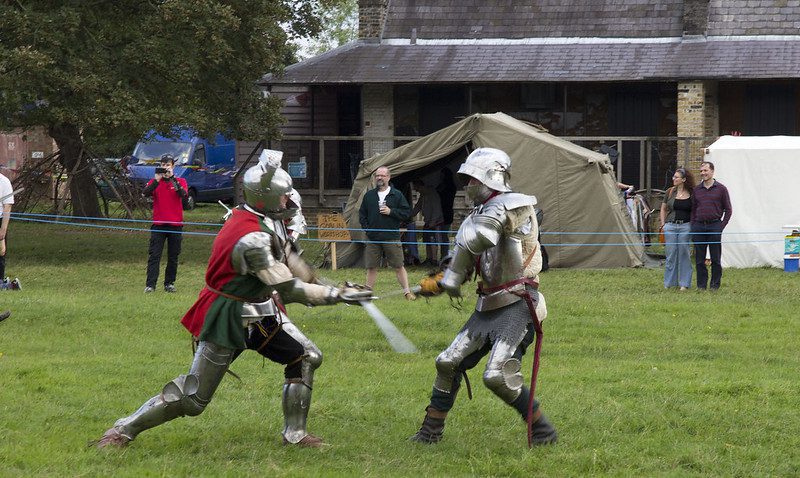
In the late medieval period, the knights used the longsword for armored fighting, but it eventually became a dueling weapon. Unlike the arming swords, the longswords featured long grip that allowed the use of two hands, though they were lightweight enough to wield with one hand. Several books introduce sets of longsword techniques, including fighting unarmored and on horseback.
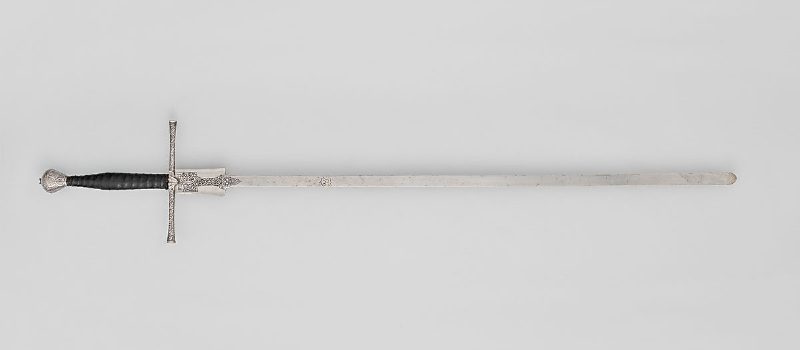
Today, the longsword is the most popular weapon among HEMA practitioners. There are different styles of medieval longsword fighting: the Italian and the German. The former is closer to the
Rapier Sword Fighting

In the 16th century, the rapier served as a self-defense weapon for civilians, but it became more associated with dueling and fashion. As opposed to the thrusting and cutting style of swordplay, the rapier functioned as a thrusting
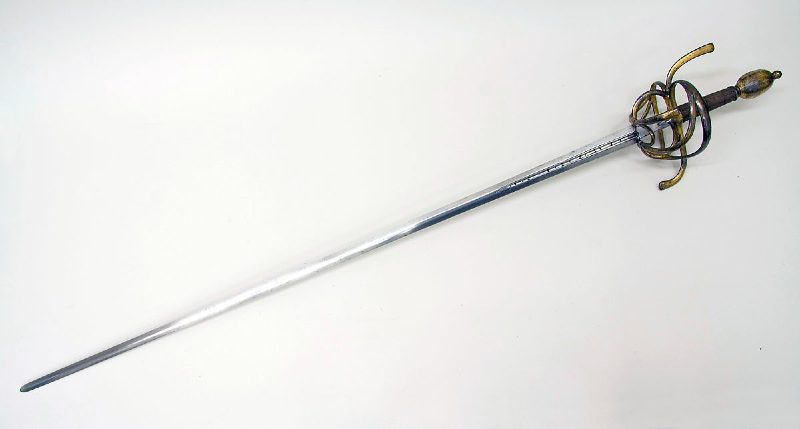
The rapier originated in Spain and Italy and became popular throughout Western Europe. However, there are several rapier treatises describing different fighting styles. The most popular is the Italian tradition, but there is also the Spanish tradition, commonly referred to as the Destreza tradition. The thrusting
Smallsword Fighting

By the late 17th century, the smallsword evolved from the longer and heavier rapier and became the preferred civilian weapon. Shorter than the other, it was less cumbersome to wear. It also served as a dueling weapon though it later was used in a distinct fighting style. Smallsword fencing also became a social pastime among European aristocrats. Surprisingly, the smallsword is one of the less popular weapons within the HEMA community.
Broadsword Fighting
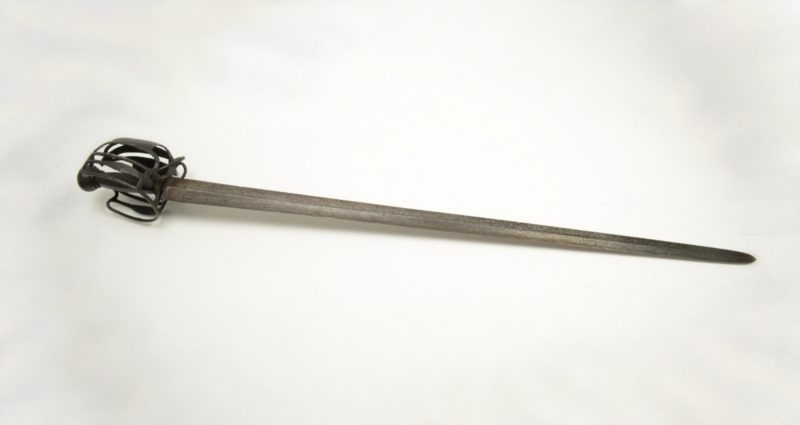
Cavalrymen during the 16th and 17th centuries used several types of broadsword, characterized by their broad, double-edged blades. Some broadswords, such as the Venetian schiavona, mortuary
Saber Fighting
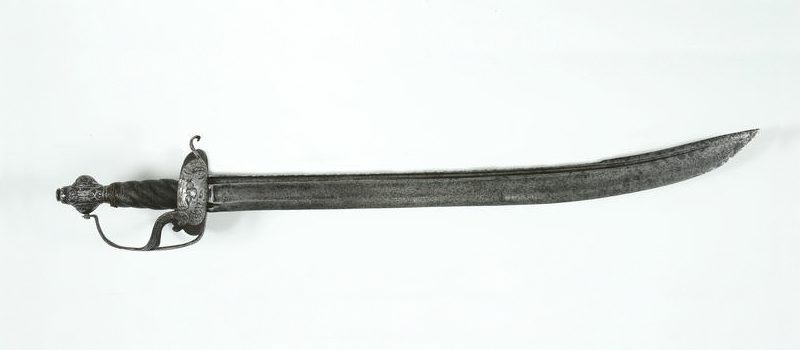
The saber is a
Olympic Fencing
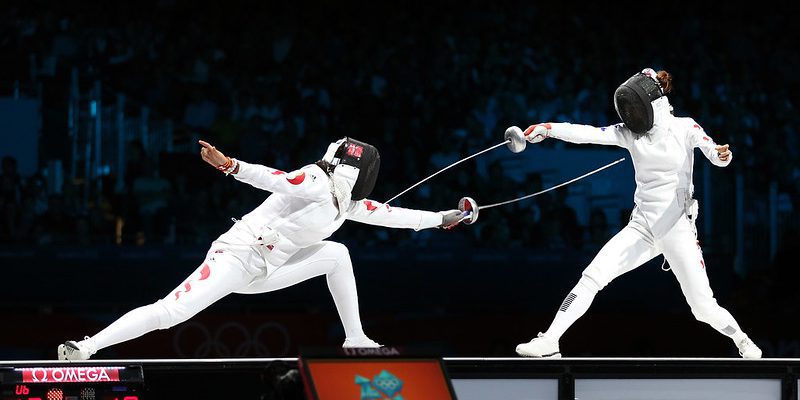
Olympic fencing is a modern sport that descends from the smallsword and military saber traditions. Modern fencers use weapon simulators like épée, foil, or saber, each with different rules of competition. In every match, fencers score points by hitting the target areas on the opponent’s body without being hit by the opponent’s blade.
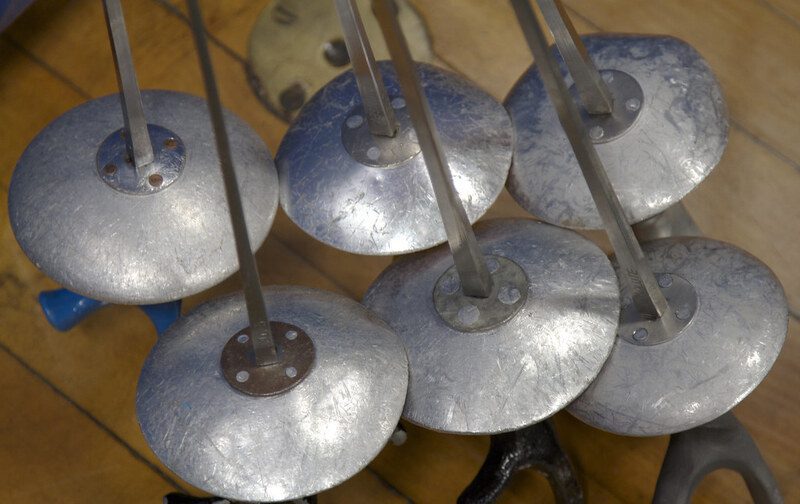
However, each weapon has a different target area. While épée fencing targets the entire body, foil fencing only targets the torso. On the other hand, the saber fencing target areas consist of the upper body above the hip line, including the arms and head. In the Olympic Games, fencing also relies heavily on footwork for the attack and defense.
Japanese Martial Arts
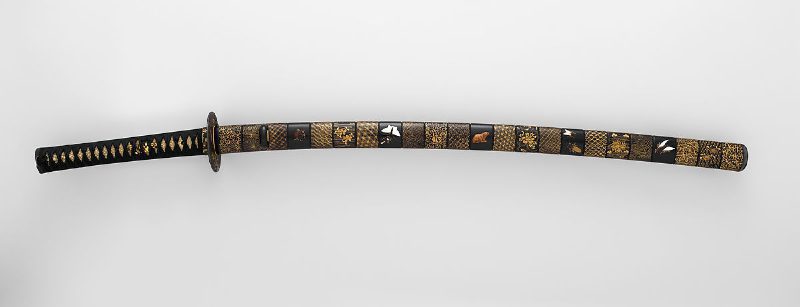
Japanese swords, especially the katana, are among the weapons used in traditional Japanese martial arts, each with a different training focus and techniques.
Kenjutsu
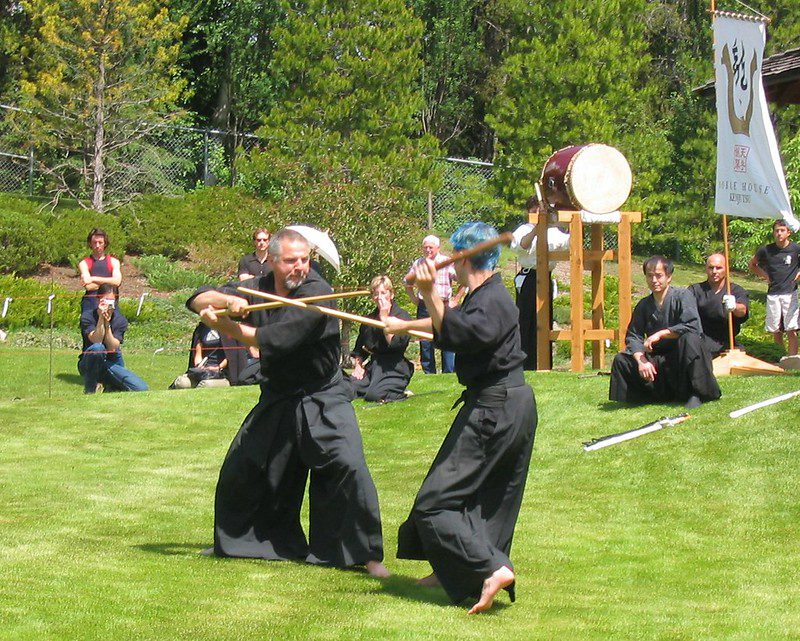
The kenjutsu or art of
Kendo

Kendo or the way of the
Facts About Sword Fighting
Since ancient times, people have used swords for self-defense, in duels, and wars. Eventually,
Here are the things you need to know about
Medieval nobles engaged in sword fights when they felt slighted.
The judicial duel or trial by combat was the earliest form of dueling for settling disputes, especially when a crime was punishable by death. Many duelists fought with swords, though others preferred spears and axes. Medieval nobles also engaged in honor duels because one person insulted the other. Dueling thrived until the late 19th century in Europe, where rapiers and smallswords functioned as dueling swords.
There are several historical figures renowned for their sword fighting skills.
Japan’s legendary swordsman Miyamoto Musashi had perfected the two-blade fighting technique and survived 60 duels. The Italian knight Fiore dei Liberi was also a fencing master in the 14th century and his students included some of the most ferocious fighting men of the time. Achille Marozzo, on the other hand, is considered the Renaissance
Early fencers used a dagger in tandem with a
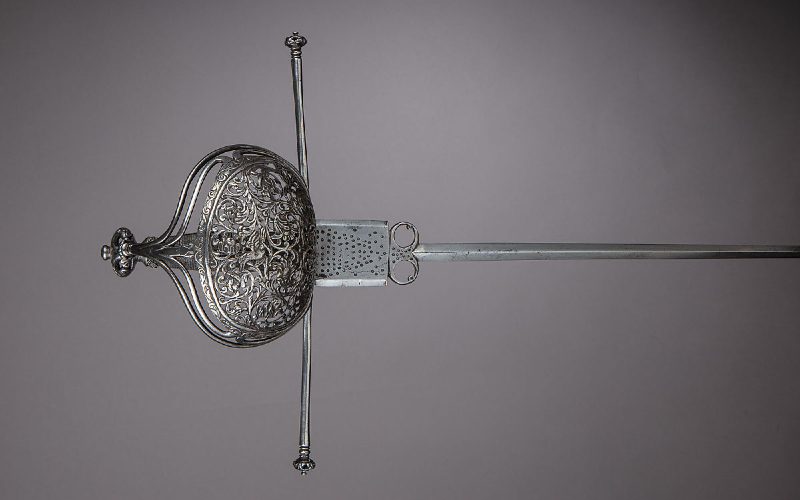
While some warriors used a buckler with a
Historical sword fighting also involved kicks and grappling techniques.

In the medieval period, swordsmen used their feet for combat and grappled their enemy’s weapon during a
Sword fighting remains a popular theme in films and television series.
Television series like the Vikings, Game of Thrones, and The Witcher feature several
What Makes a Sword Fight Historically Accurate?
Television and films often misrepresent the reality of
Here are some of the things a skilled warrior would do in a
Swordsmen Would Move Fluidly and Maintain Proper Distance
Unlike modern fencers that move in a straight line, historical swordsmen tended to move around to create opportunity to attack. When sparring, skilled fighters strike from a distance that is not too far from their targets. In some
Historical Sword Fights Between Skilled Warriors Were not Flashy
Theatrical fencers and stage combatants are not required to present things accurately, so they tend to create an illusion of flashy
Skilled Swordsmen Do Not Spin During Sword Fights
According to experts, spinning does not add extra power to a
Swordsmen Attack Their Opponents Rather Than Their Opponent’s Sword
Historical swordsmen were often unpredictable in delivering an attack. Their attacks are usually followed by another strike to end the fight. On the other hand, inexperienced fighters usually use their swords to defend themselves, holding them in their front or using them for edge-on-edge blocking if their opponent suddenly strikes them.
In The Middle Ages, Warriors Did not Use Edge-On-Edge Blocking
For medieval slashing swords, blocking the attack through the sharpened edge damages the weapon. Medieval and Renaissance fighting manuals teach swordsmen to defend by receiving the blows on the flat portion of the
HEMA vs. Olympic Fencing
HEMA focuses on reconstructing historical techniques rather than simply scoring points. It also recreates many combat conditions swordsmen would likely experience on the battlefield. Some HEMA practitioners also focus on the fighting methods of the Roman gladiators, infantry, and mounted combat.
On the other hand, Olympic fencing does not include the historical techniques the swordsmen used in fighting life-or-death battles. Modern fencers use weapon simulators like foil, épée, or saber that are less historically accurate than the swords used in HEMA. Also, the rules in the competition are not designed to replicate real
In Olympic fencing, fencers fight on the piste, a rectangular platform. In HEMA tournaments, fighters can circle one another during a match, creating a more realistic environment. Hence, Olympic fencing has little resemblance to the original traditions it descends from.
HEMA vs. Stage Fencing
Stage fencing is developed for theater plays, television series, and movies. In stage combat,
Conclusion
Today, martial artists practice different types of




